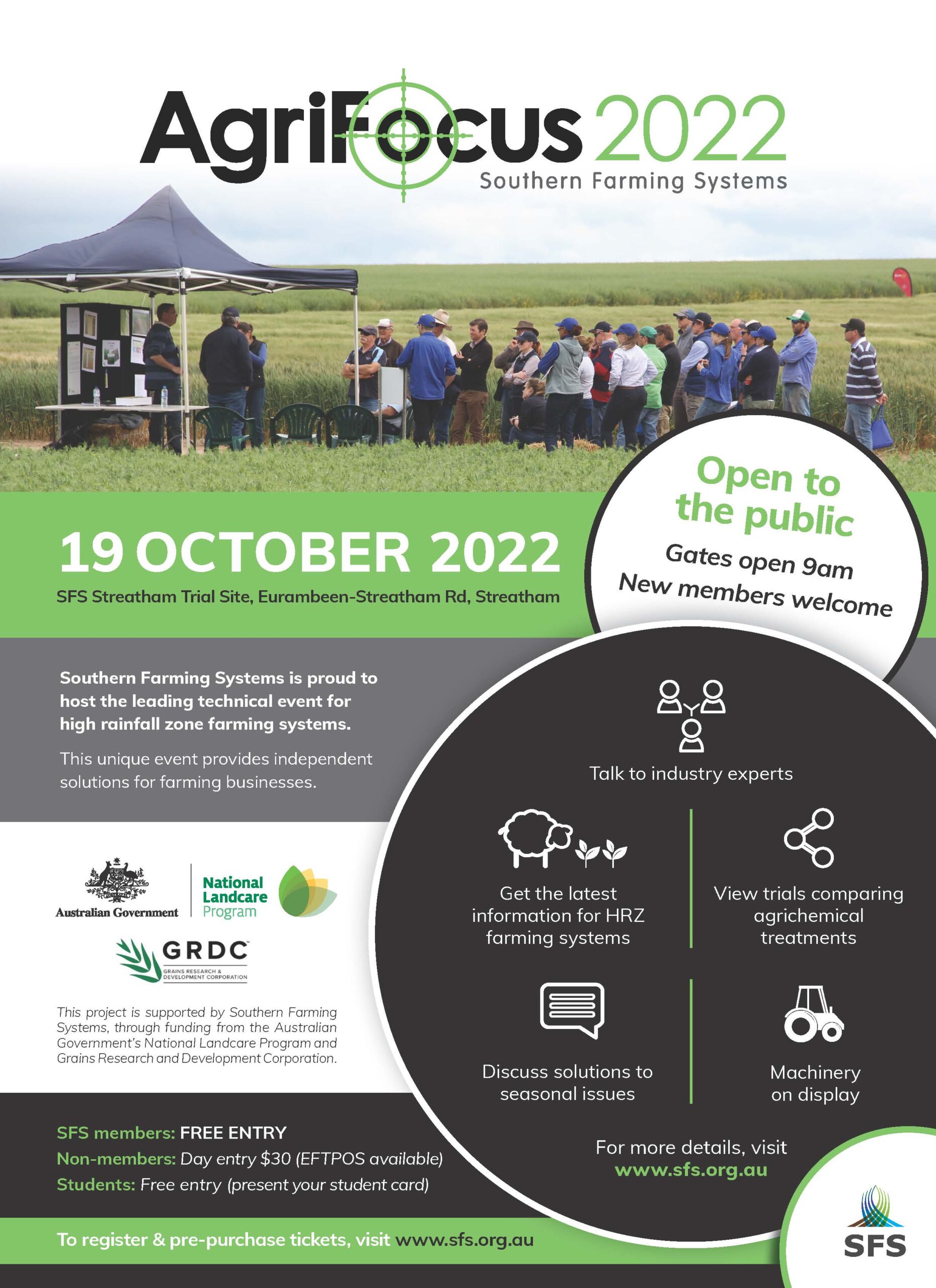
Negative basis likely to stay
Most conversations about the Australian grain crop this year include discussion on the record negative basis on grain prices. Rabobank senior commodities analyst Cheryl Kalisch Gordon explained the basis is the difference between a local price at a specific point of delivery and time compared to a global price quoted in the local currency.
“We expect Australian grain prices to continue trading with negative basis over the balance of 2022 and into 2023 with the factors currently driving negative basis forecast to remain in play,” Dr Kalisch Gordon said.
“Everyone can calculate their own ‘individual’ basis on grain, depending on where it is located, its quality and what delivery time period is being considered. However, when basis is quoted widely, it is quoted for a commonly recognised point in the grain supply chain. On the east coast, the most often quoted basis is the difference between track pricing and the CBOT wheat price expressed in Australian dollars.”
Dr Kalisch Gordon said basis exists because futures markets, which capture global conditions and expectations, do not fully reflect local circumstances – they don’t price in differences in quality, location differentials, how local supply compares to local demand, or the risk associated with pricing changing between purchase and trade execution.
On average, basis for track APW wheat is positive and between AUD 10 and AUD 40/tonne, which reflects the market’s value for the quality of Australian wheat compared to CBOT wheat and freight advantages to key markets. “However, basis becomes more positive when local supply is low compared to demand. For example, during the 2018/19 drought, basis grew to record positive levels due to the local market bidding up local prices to ensure supply stayed in Australia. Basis falls when the local market has more than enough to use locally,” she said.
Local prices have been trading at a record negative basis to global prices. Dr Kalisch Gordon said firstly, this is because Australia has a very large exportable surplus so buyers do not need to bid up prices to ensure there is enough supply locally.
“Secondly, in the current market, buyers who cannot execute a near-term sale will only bid for local grain at a discount to provide cover for the risk of holding grain in the case of prices falling. With export capacity stretched, and execution of trades challenged as a result, the risk for buyers is increased, thus the discount required to cover their risk is greater.
“Thirdly, freight rates from Australia to many destinations are currently double what they were pre-Covid. Higher freight rates alter the relative attractiveness of buying from different origins, and therefore impact basis.”
Finally, Dr Kalish Gordon said farmers ultimately sell physical grain based on how local cash prices relate to their costs of production, whether current prices are consistent with their expectations and whether they need to sell (based on storage and cash flow considerations). “At current Australian prices – which are historically very favourable, even when trading significantly below global prices – farmers are still willing to sell. As such, buyers do not need to bid up prices to encourage grain to come to market.”
With a third consecutive year of above-average grain production now on the cards for Australia, Dr Kalish Gordon said expectations that CBOT wheat will continue to trade at twice the five-year average into 2023, that global uncertainty and higher shipping costs will not abate quickly and Australia’s export capacity cannot be rapidly transformed, basis is likely to remain negative into 2023.
To find out more about other Rabobank research, contact your local Rabobank branch on 1300 303 033.




